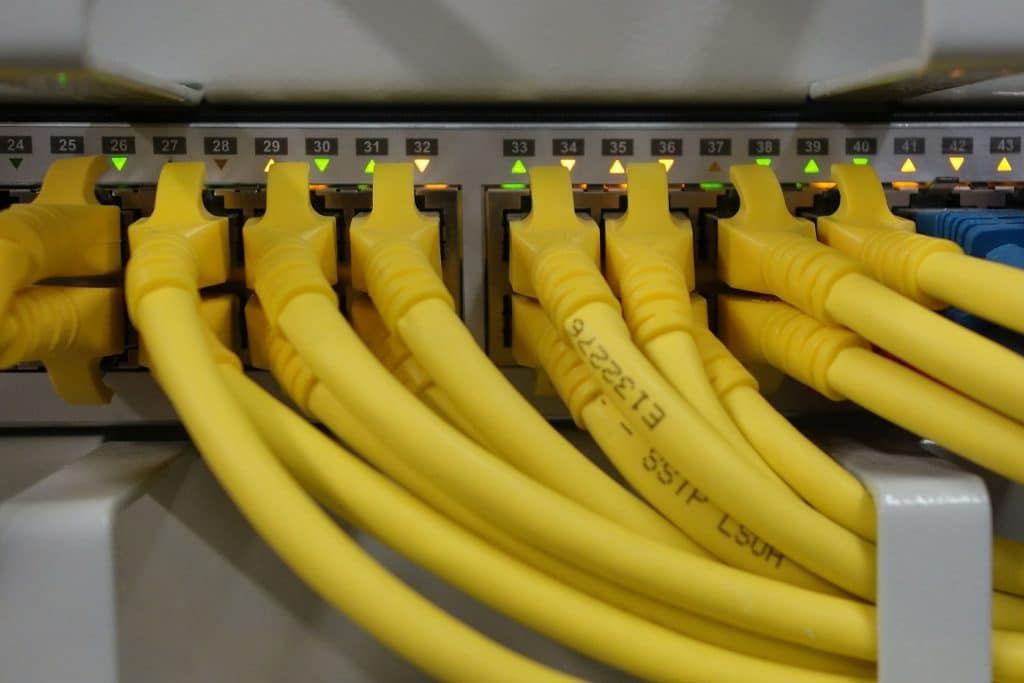We’ve released a new feature that customers have been asking about. Now, you can manage and configure port forward settings yourself, directly in your account, without having to rely on our support team to set it up for you.
What is a Port Forward?
Port forwarding is the process of opening up a specific port through the VPN that is public-facing. This allows outside traffic to access your computer. An example of this would be remote access, where you would use port forwarding to access your home computer while you’re traveling.
There are inherent security risks with port forwarding since you’re allowing outside traffic through a port, so be sure to weigh the potential risks before setting it up. There are many legitimate uses for port forwarding, so the benefits of your specific situation may outweigh the risks.
Port Forward Requirements
Each Ghost Path username is allowed to forward one port, and you have to specify whether you want the TCP or UDP protocol. Once a port forward is configured it takes a few hours for it to take effect throughout the network.
How Do You Configure the Port Forward?
It’s a really simple process. Simply log in to the Ghost Path website and click on VPN settings. Follow the instructions to configure everything. We’ve put together an article in our knowledgebase about Port Forwarding with a bit more detail. As always, feel free to reach out to support if you have any questions.
